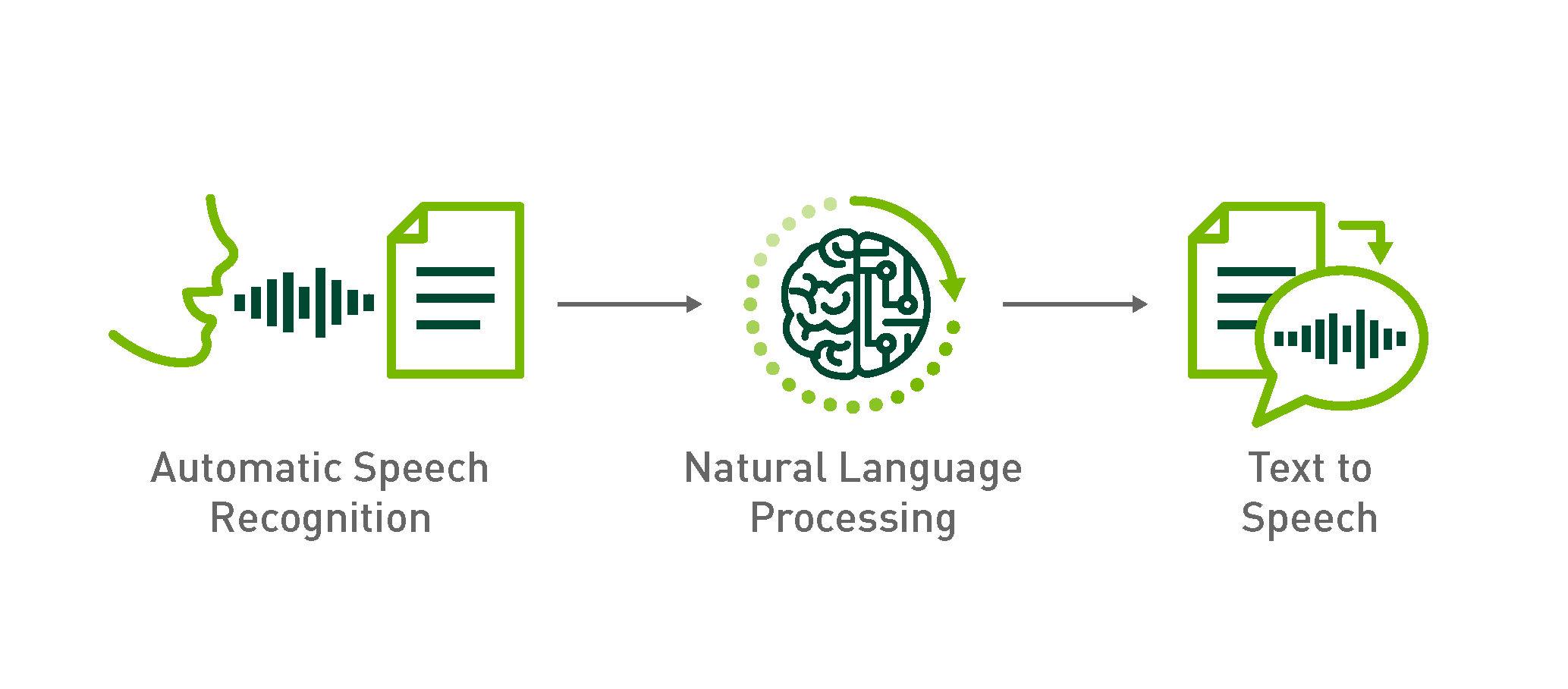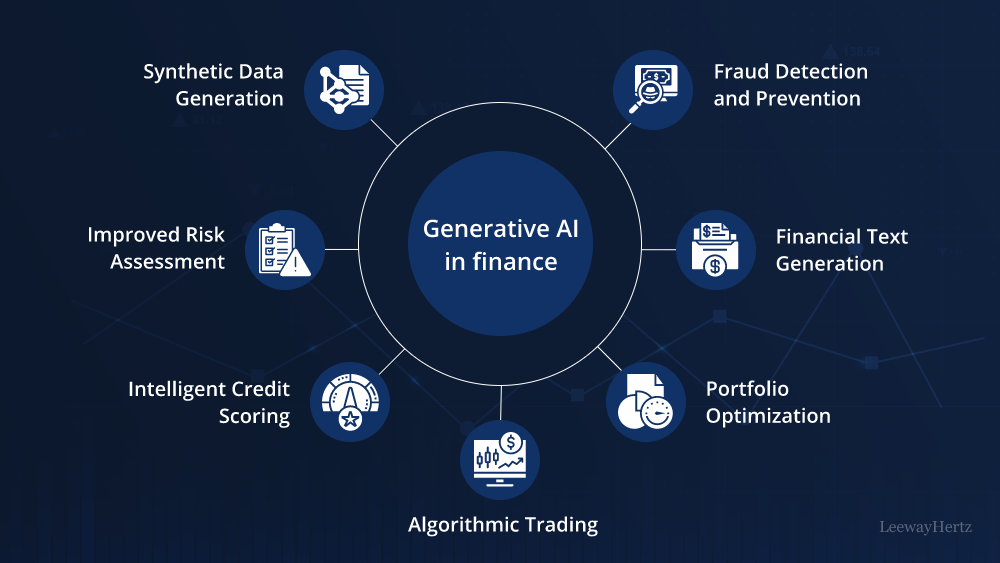Generative AI in speech recognition with a real case study in Python
Leveraging Generative AI in Speech Recognition: A Comprehensive Guide with a Real Case Study in Python
Speech recognition technology has evolved significantly over the past few decades. It has transformed from being a niche technology to becoming a crucial component in various applications, including virtual assistants like Siri and Alexa and real-time transcription services like Google’s Live Transcribe. The backbone of these technologies involves a complex interplay of acoustic and language models, statistical algorithms, and decoding techniques. In this blog post, we will delve into how generative AI can enhance speech recognition, and we will illustrate this with a real case study in Python. Additionally, we will explore the role of generative AI in finance to provide a broader context.
Understanding Speech Recognition Technology
.png)
Speech recognition technology enables computers to understand and interpret human speech. The process involves several stages:
-
Acoustic Modeling: This stage involves analyzing the audio signals and extracting features that can be used to identify phonemes—the smallest units of sound in a language.
-
Language Modeling: This involves analyzing the structure and grammar of the language. Statistical models and algorithms determine the likelihood of certain word sequences and sentence structures.
-
Decoding: The final stage where the system uses acoustic and language models to identify the most likely interpretation of the audio input. The system then outputs the text that corresponds to the interpreted speech.
Popular Examples of Speech Recognition Technology
.png)
- Siri and Alexa: These voice assistants can answer questions, make recommendations, and perform tasks based on voice commands.
- Google’s Live Transcribe: Converts spoken language into text in real-time, making it accessible to people who are deaf or hard of hearing.
Generative AI in Speech Recognition
Generative AI, particularly models like GPT-3, has shown immense potential in improving speech recognition systems. These models can generate human-like text and can be fine-tuned for various natural language processing tasks, including language modeling and text generation.
How Generative AI Enhances Speech Recognition

- Improved Language Models: Generative AI can create more accurate language models that better understand context, grammar, and semantics.
- Contextual Understanding: These models can maintain context over longer conversations, making them ideal for applications like virtual assistants.
- Error Correction: Generative AI can be used to correct errors in transcription by understanding the context and predicting the most likely words.
Real Case Study in Python: Building a Speech Recognition System with Generative AI
Let's walk through a practical example of how generative AI can be integrated into a speech recognition system using Python. We will use the transformers library by Hugging Face and the speech_recognition library to build a simple but effective system.
Step 1: Install Required Libraries
First, ensure you have the necessary libraries installed. You can do this using pip:
pip install transformers speechrecognition pyaudio
Step 2: Import Libraries and Set Up the Model
import speech_recognition as sr
from transformers import pipeline
## Initialize speech recognizer
recognizer = sr.Recognizer()
## Load a pre-trained transformer model for text generation
generator = pipeline('text-generation', model='gpt-3')
Step 3: Capture Audio Input
We'll use the microphone to capture audio input.
def capture_audio():
with sr.Microphone() as source:
print("Say something!")
audio = recognizer.listen(source)
return audio
Step 4: Recognize Speech
Convert the captured audio to text using the speech recognition library.
def recognize_speech(audio):
try:
text = recognizer.recognize_google(audio)
print("You said: " + text)
return text
except sr.UnknownValueError:
print("Google Speech Recognition could not understand audio")
except sr.RequestError as e:
print("Could not request results; {0}".format(e))
Step 5: Enhance Text with Generative AI
Use the generative AI model to improve the recognized text.
def enhance_text(text):
enhanced_text = generator(text, max_length=50, num_return_sequences=1)
return enhanced_text[0]['generated_text']
Step 6: Putting It All Together
def main():
audio = capture_audio()
recognized_text = recognize_speech(audio)
if recognized_text:
enhanced_text = enhance_text(recognized_text)
print("Enhanced Text: " + enhanced_text)
if __name__ == "__main__":
main()
Generative AI in Finance
Generative AI is not limited to speech recognition; it is also making waves in the finance sector. Here are a few ways it's being used:
- Fraud Detection: Generative models can analyze transaction patterns and identify anomalies that may indicate fraudulent activity.
- Algorithmic Trading: AI models can generate trading strategies by analyzing historical data and predicting market movements.
- Customer Service: AI-driven chatbots can handle customer inquiries, providing quick and accurate responses.
Real-World Example: JPMorgan Chase
JPMorgan Chase has been leveraging AI for various financial services, including fraud detection and trading. The bank uses AI algorithms to analyze vast amounts of transaction data to identify suspicious activities. This not only helps in preventing fraud but also in enhancing the overall security of their financial systems.
Conclusion
Generative AI has the potential to revolutionize speech recognition and various other fields, including finance. By leveraging advanced models like GPT-3, we can create more accurate and context-aware systems. In this blog post, we covered the essentials of speech recognition technology, explored how generative AI can enhance it, and provided a real case study in Python. Additionally, we highlighted the impact of generative AI in finance, showcasing its versatility and potential.




